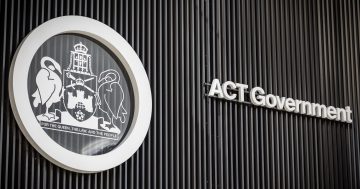 The New Zealand Government says its Gender Pay Gap Action Plan for the Public Service is working with the pay gap between men and women now at its lowest ever.
The New Zealand Government says its Gender Pay Gap Action Plan for the Public Service is working with the pay gap between men and women now at its lowest ever.
Releasing a progress report on the plan, Minister for Women, Julie Anne Genter said gender equity mattered now more than ever as women, particularly non-European women, were more impacted by the labour market effects of pandemics and economic downturns.
“As we rebuild after COVID-19, our commitment to gender equity in the Public Service remains firm – the Gender Pay Gap Action Plan provides a framework for delivering on this commitment, and has achieved big gains for women in a short time,” Ms Genter said.
“We are marking the biggest drop on the Public Service gender pay gap in 17 years,” she said.
The latest data from the annual Public Service Workforce Data Report, shows that the Public Service gender pay gap fell from 12.2 per cent in 2018 to 10.5 per cent in 2019.
The proportion of women in leadership in the Public Service was at an all-time high.
Women now hold half of the positions in the top three tiers of leadership, and represent half of all Public Service Chief Executives.
Ms Genter said the plan created a model for other employers to learn from, so they could tackle their gender pay gaps by measuring their gaps; enabling flexible work; equalising starting salaries; ensuring equal pay for the same jobs; and developing women for senior and higher-paid roles.
“We now have a good understanding of what works and what challenges need to be overcome to close gender pay gaps. The Public Service is getting its own house in order and by doing this, creates an example for other employers in New Zealand,” she said.
“This proves that it is possible to reduce the gender pay gap. With the public and private sectors working together and sharing ideas and initiatives, we can make more gains for more New Zealand women,” Ms Genter said.
Wellington, 19 August 2020











